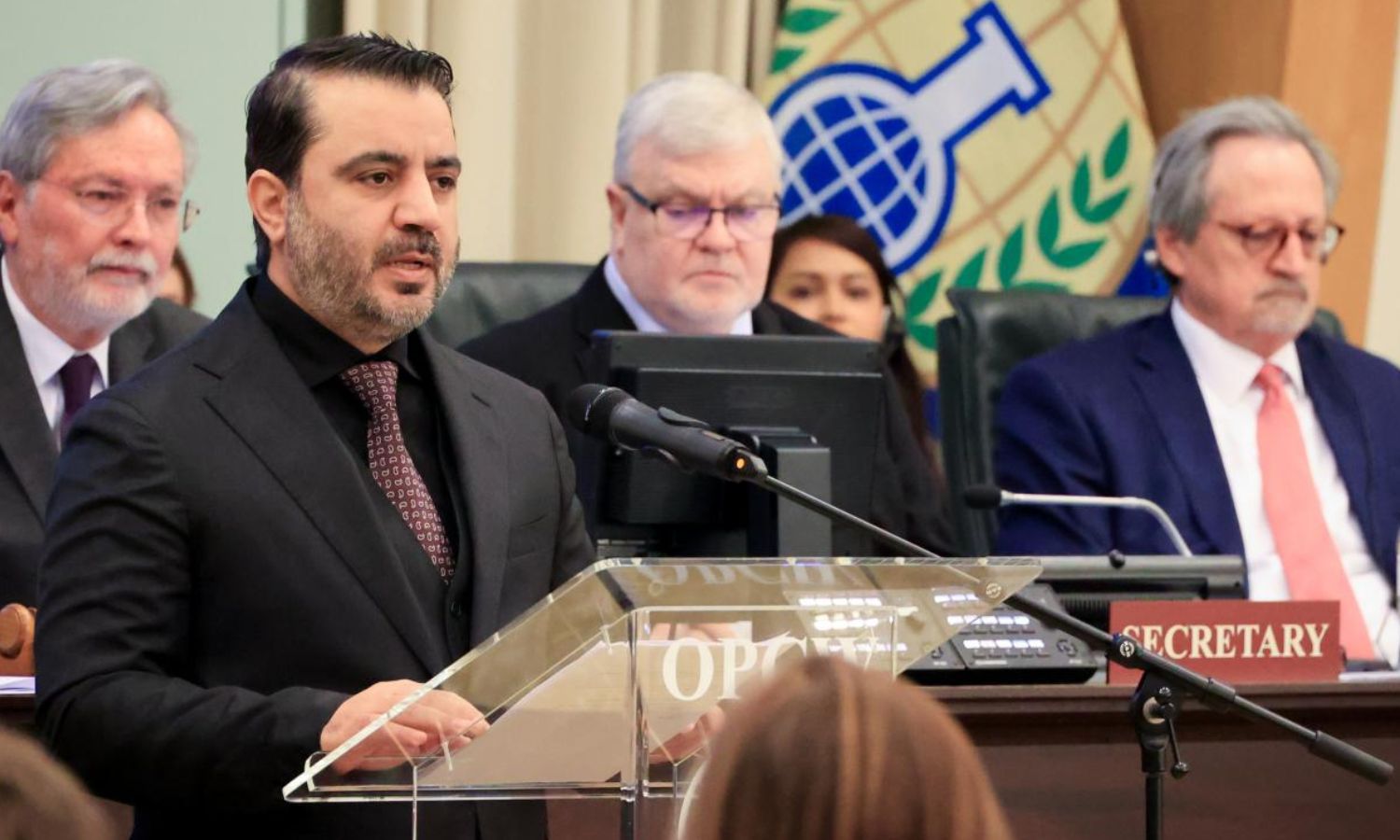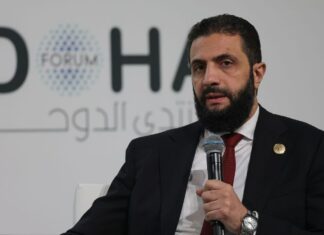
The Syrian government has begun a sweeping campaign to destroy all remaining remnants of the chemical weapons program developed under the ousted regime of Bashar al-Assad, marking what officials call the “final chapter” in the country’s long struggle with one of its darkest legacies.
The Organization for the Prohibition of Chemical Weapons (OPCW) adopted a Syrian-proposed resolution on October 9 calling for the expedited destruction of any remaining stockpiles. The resolution, co-sponsored by 53 member states and backed by Qatar, amends the agenda title from “Syrian chemical weapons program” to “Elimination of any remnants of the Assad-era chemical weapons program,” symbolizing the transition to a new era of transparency and compliance.
“This decision represents an unprecedented step since Syria’s accession to the OPCW in 2013,” the Syrian Ministry of Foreign Affairs said in a statement. The ministry confirmed the formation of a national monitoring team comprising representatives from several ministries to ensure adherence to the Chemical Weapons Convention and to “guarantee transparency and credibility in handling this issue.”
Rebuilding Trust With the International Community
Syria’s renewed cooperation with the OPCW follows years of strained relations and repeated documentation of chemical attacks by the former regime. According to the Syrian Network for Human Rights (SNHR), Assad’s forces launched at least 222 chemical attacks between 2012 and 2021, including the 2013 Ghouta massacre that killed 1,144 people, among them 1,119 civilians.
After the fall of Assad, Foreign Minister Asaad al-Shaibani and transitional President Ahmad al-Sharaa met in February with OPCW Executive Director Fernando Arias in Damascus. The meeting was described by the organization as “long, fruitful and very open,” laying the groundwork for a comprehensive disarmament plan and renewed inspections.
Recent OPCW missions, conducted in cooperation with Syrian authorities, have revisited declared sites and inspected previously unexamined facilities at Barzeh and Jamraya. Despite Israeli airstrikes in 2024 that damaged several former chemical research sites, officials said the process remains on track.
Diplomacy, Sanctions, and the Path to Closure
Syrian officials view the disarmament drive as both a moral and strategic necessity. In a letter to Washington in April, Shaibani outlined Syria’s compliance with US conditions for partial sanctions relief, including the full elimination of remaining chemical stockpiles.
“The government is committed to dismantling all remnants of the former regime’s program and ensuring justice for victims,” Shaibani told the OPCW Executive Council in March.
Vitorio Marisca de Cerapriola, a sanctions analyst at the Karam Shaar Center for Consulting, said Washington’s recognition of Syria’s policy shift was designed “to encourage changes in the government’s behavior regarding the non-proliferation of chemical weapons.”
Qatar’s Foreign Ministry, which helped draft the OPCW resolution, said the broad international consensus “reflects the commitment of member states to shared responsibility and cooperation to close this issue in a way that strengthens global security.”
As inspection teams continue their work, the OPCW has called the process “complex and comprehensive,” estimating that it will require €16.7 million in 2025 to complete. Yet officials across Damascus and The Hague agree that Syria’s progress toward eliminating the last traces of the Assad-era program could finally turn the page on a decade of chemical warfare and international isolation.









